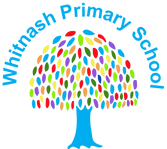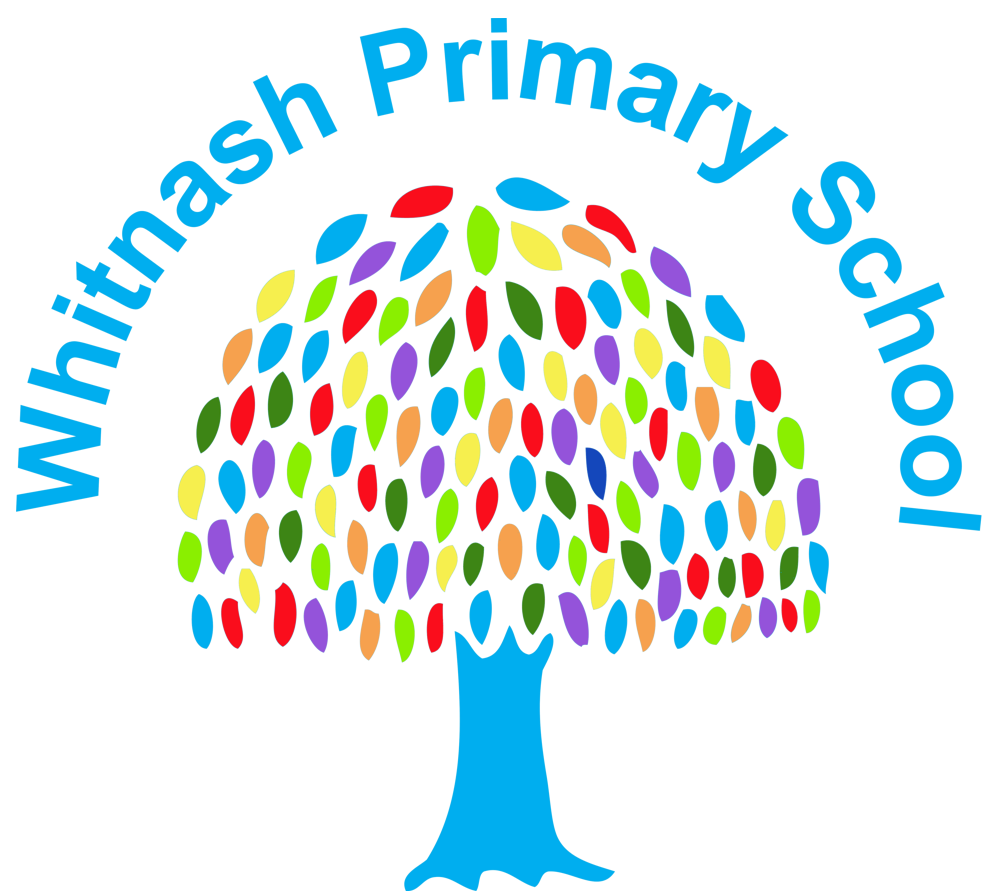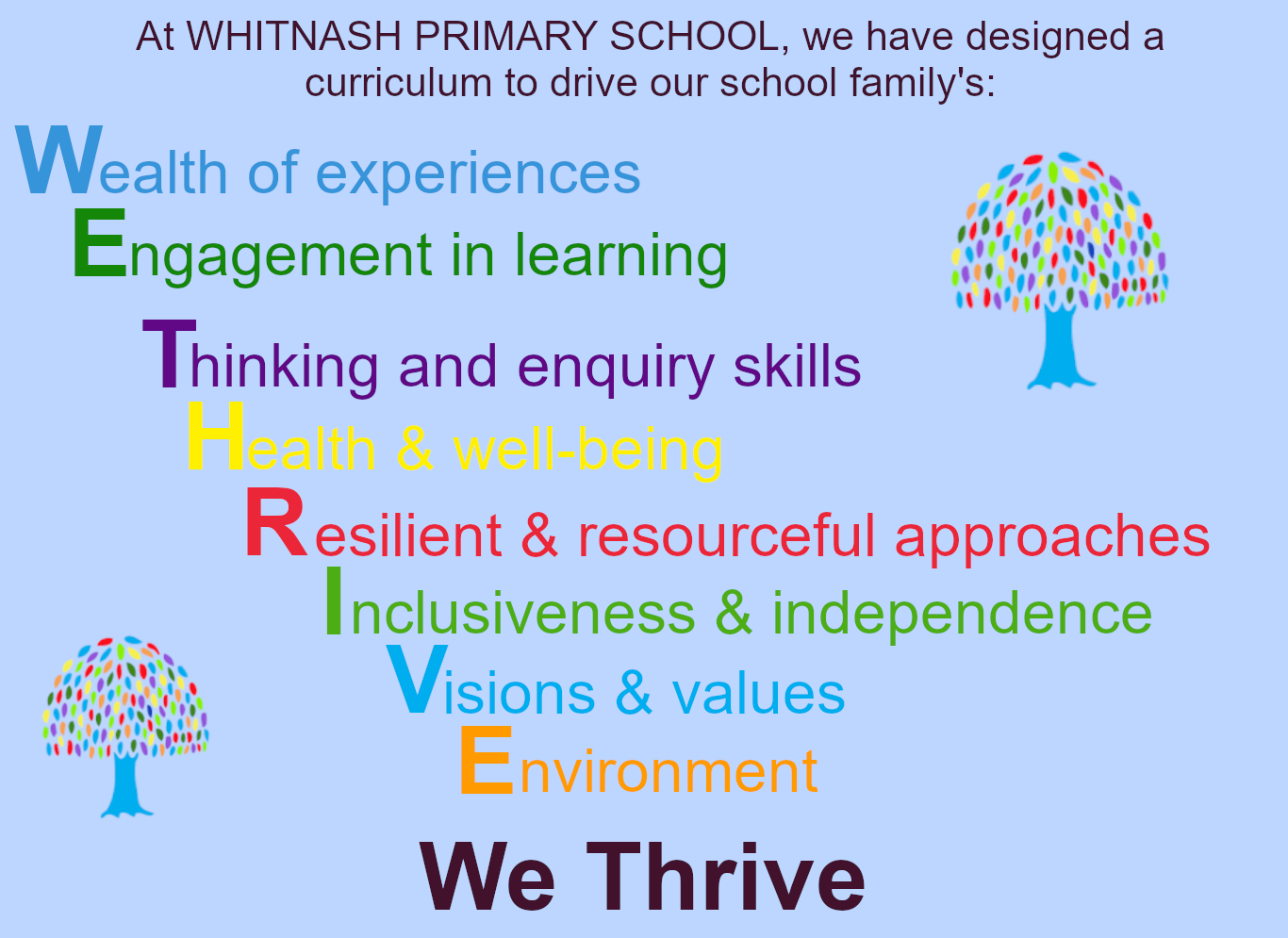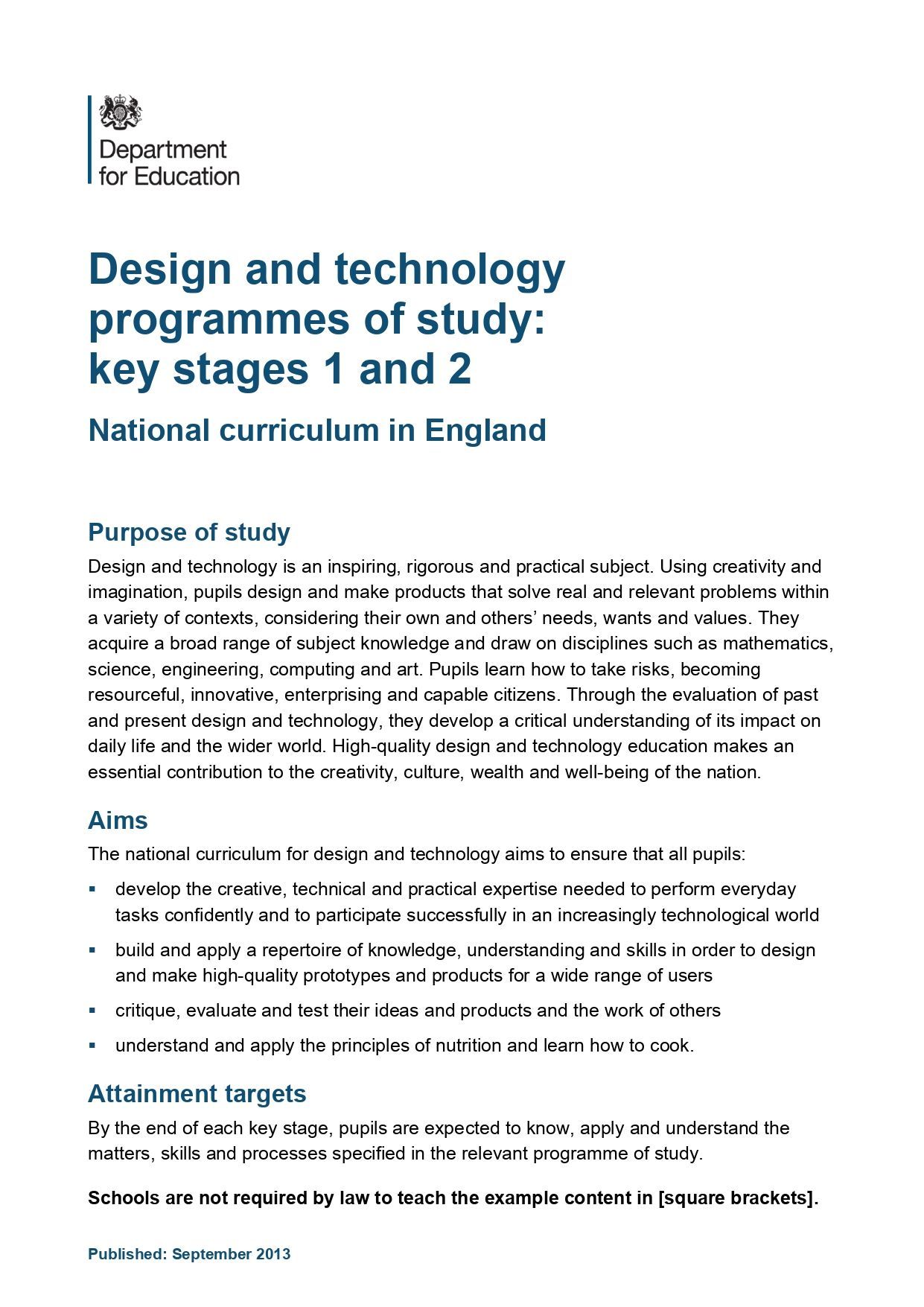Design Technology Stages
1. Investigate
Children investigate, analyse and evaluate
familiar products. Children deconstructed
products to analyse how they are made.
Design Technology Stages
1. Investigate
Children investigate, analyse and evaluate familiar products.
Children deconstructed products to analyse how they are made.
Design Technology Stages
1. Investigate
Children investigate, analyse and evaluate familiar products. Children deconstructed products to analyse how they are made.
2. Focused practical task
Children are taught the specific practical
skills needed to make their final product.
This ensures children are aware of
what is ‘possible’ when designing.
KS1- Build structures, exploring how they can
be made stronger, stiffer and more stable.
Explore and use mechanisms for example,
levers, sliders, wheels and axles,
in their products.
KS2- Apply their understanding of how to
strengthen, stiffen and reinforce more
complex structures. Understand and use
mechanical systems in their products for
example, gears, pulleys, cams,
levers and linkages. Understand and use
electrical systems in their products for
example, series circuits incorporating
switches, bulbs, buzzers and motors.
Apply their understanding of computing
to program, monitor
and control their products.
2. Focused practical task
Children are taught the specific practical skills needed to make their final product.
This ensures children are aware of what is ‘possible’ when designing.
KS1- Build structures, exploring how they can be made stronger, stiffer and more stable.
Explore and use mechanisms for example, levers, sliders, wheels and axles, in their products.
KS2- Apply their understanding of how to strengthen, stiffen and reinforce more complex structures. Understand and use mechanical systems in their products for example, gears, pulleys, cams, levers and linkages. Understand and use electrical systems in their products for example, series circuits incorporating switches, bulbs, buzzers and motors. Apply their understanding of computing to program, monitor and control their products.
2. Focused practical task
Children are taught the specific practical skills needed to make their final product. This ensures children are aware
of what is ‘possible’ when designing.
KS1- Build structures, exploring how they can be made stronger, stiffer and more stable.
Explore and use mechanisms for example, levers, sliders, wheels and axles, in their products.
KS2- Apply their understanding of how to strengthen, stiffen and reinforce more complex structures.
Understand and use mechanical systems in their products for example, gears, pulleys, cams, levers and linkages.
Understand and use electrical systems in their products for example, series circuits incorporating switches, bulbs, buzzers and motors. Apply their understanding of computing to program, monitor and control their products.
3. Design
KS1 – Design purposeful, functional,
appealing products for themselves and
other users based on design criteria.
Generate, develop, model
and communicate their ideas through
talking, drawing, templates and mock-ups.
LKS2- Use research and develop design
criteria to inform the design of innovative,
functional, appealing products
that are fit for purpose,
aimed at particular individuals
or groups generate, develop, model
and communicate their ideas
through discussion
and annotated Sketches.
UKS2 - Use research and develop design
criteria to inform the design of innovative,
functional, appealing products
that are fit for purpose,
aimed at particular individuals
or groups generate, develop, model
and communicate their ideas
through discussion,
annotated sketches, cross-sectional
and exploded diagrams,
prototypes, pattern pieces
and computer-aided design.
3. Design
KS1 – Design purposeful, functional, appealing products for themselves and other users based on design criteria. Generate, develop, model and communicate their ideas
through talking, drawing, templates and mock-ups.
LKS2- Use research and develop design criteria to inform the design of innovative, functional,
appealing products that are fit for purpose, aimed at particular individuals or groups generate, develop, model and communicate their ideas through discussion and annotated Sketches.
UKS2 - Use research and develop design criteria to inform the design of innovative, functional, appealing products that are fit for purpose, aimed at particular individuals or groups generate, develop, model and communicate their ideas through discussion, annotated sketches,
cross-sectional and exploded diagrams, prototypes, pattern pieces and computer-aided design.
3. Design
KS1 – Design purposeful, functional, appealing products for themselves and other users based on design criteria.
Generate, develop, model and communicate their ideas through talking, drawing, templates and mock-ups.
LKS2- Use research and develop design criteria to inform the design of innovative, functional,
appealing products that are fit for purpose, aimed at particular individuals or groups generate, develop, model and communicate their ideas through discussion and annotated Sketches.
UKS2 - Use research and develop design criteria to inform the design of innovative, functional, appealing products that are fit for purpose, aimed at particular individuals or groups generate, develop, model and communicate their ideas through discussion, annotated sketches, cross-sectional and exploded diagrams, prototypes, pattern pieces and computer-aided design.
4. Make
KS1- Select from and use a range of tools
and equipment to perform
practical tasks for example,
cutting, shaping, joining
and finishing select from
and use a wide range of
materials and components.
LKS2- Children use a wider range of tools
and equipment to cut, shape,
join and finish products.
Children select from and use a
wider range of materials and components,
including construction materials,
textiles and ingredients.
UKS2- Children use a wider range of tools
and equipment accurately
to cut, shape, join
and finish products.
Children accurately select
from and use a wider range of materials
and components, including construction
materials, textiles and ingredients,
according to their functional properties
and aesthetic qualities
4. Make
KS1- Select from and use a range of tools and equipment to perform practical tasks for example, cutting, shaping, joining and finishing select from and use a wide range
of materials and components.
LKS2- Children use a wider range of tools and equipment to cut, shape, join and finish products. Children select from and use a wider range of materials and components,
including construction materials, textiles and ingredients.
UKS2- Children use a wider range of tools and equipment accurately to cut, shape, join and finish products. Children accurately select from and use a wider range of materials and components, including construction materials, textiles and ingredients,
according to their functional properties and aesthetic qualities
4. Make
KS1- Select from and use a range of tools and equipment to perform practical tasks for example, cutting, shaping, joining and finishing select from and use a wide range of materials and components.
LKS2- Children use a wider range of tools and equipment to cut, shape, join and finish products. Children select from and use a wider range of materials and components, including construction materials, textiles and ingredients.
UKS2- Children use a wider range of tools and equipment accurately to cut, shape, join and finish products. Children accurately select from and use a wider range of materials and components, including construction materials, textiles and ingredients,
according to their functional properties and aesthetic qualities
5. Evaluate
KS1 - Evaluate their ideas and products
against design criteria.
KS2- Evaluate their ideas and products
against their own design criteria
and consider the views of others
to improve their work.
Understand how key events
and individuals in
design and technology
have helped shape the world.
5. Evaluate
KS1 - Evaluate their ideas and products against design criteria.
KS2- Evaluate their ideas and products against their own design criteria and consider the views of others to improve their work. Understand how key events and individuals in design and technology have helped shape the world.
5. Evaluate
KS1 - Evaluate their ideas and products against design criteria.
KS2- Evaluate their ideas and products against their own design criteria and consider the views of others to improve their work. Understand how key events and individuals in design and technology have helped shape the world.
Food Technology
What we learn
KS1 – Children are taught the basic
principles of a healthy and varied diet and
to prepare dishes. Children are taught
where food comes from and seasonality.
KS2 - Children are taught to understand
and apply the principles of a healthy and
varied diet. Children are taught to prepare
and cook a variety of predominantly
savoury dishes using a range of cooking
techniques. They are also taught to
understand seasonality and know where
and how a variety of ingredients are grown,
reared, caught and processed.
What we make
At Whitnash Primary School we ensure that
children get practical hands-on cooking
experience three times a year using
Bayleaf Cookery School alongside our
skilled members of staff. We made a range
of savoury meals as well as desserts that
can be enjoyed as a part of
a healthy balanced diet.
Who are Bayleaf
What we learn
KS1 – Children are taught the basic principles of a healthy and varied diet and to prepare dishes. Children are taught where food comes from and seasonality.
KS2 - Children are taught to understand and apply the principles of a healthy and varied diet. Children are taught to prepare and cook a variety of predominantly savoury dishes using a range of cooking techniques. They are also taught to understand seasonality and know where and how a variety of ingredients are grown, reared, caught and processed.
What we make
At Whitnash Primary School we ensure that children get practical hands-on cooking experience three times a year using Bayleaf Cookery School alongside our skilled members of staff.
We made a range of savoury meals as well as desserts
that can be enjoyed as a part of a healthy balanced diet.
Who are Bayleaf
What we learn
KS1 – Children are taught the basic principles of a healthy and varied diet and to prepare dishes.
Children are taught where food comes from and seasonality.
KS2 - Children are taught to understand and apply the principles of a healthy and varied diet. Children are taught to prepare and cook a variety of predominantly savoury dishes using a range of cooking techniques. They are also taught to understand seasonality and know where and how a variety of ingredients are grown, reared, caught and processed.
What we make
At Whitnash Primary School we ensure that children get practical hands-on cooking experience three times a year using
Bayleaf Cookery School alongside our skilled members of staff. We made a range of savoury meals as well as desserts
that can be enjoyed as a part of a healthy balanced diet.
Who are Bayleaf
Bayleaf Cookery School was established in 2013 with a mission to widen children's food horizons and get them excited about food and cookery. Bayleaf provides recipes and ingredients for primary schools across Warwickshire, Solihull and Coventry, delivering cookery experiences that spark children's interest, engage their imagination and build the foundations for a lifelong love of cooking for themselves.
Bayleaf provides healthy recipes and fresh ingredients to Whitnash Primary School and our skilled staff members then deliver and teach the children a wide range of cooking techniques. At the end of the lesson, each child takes home a fresh creation to be enjoyed.
Click blue buttons for more information.
Page last updated 241125











